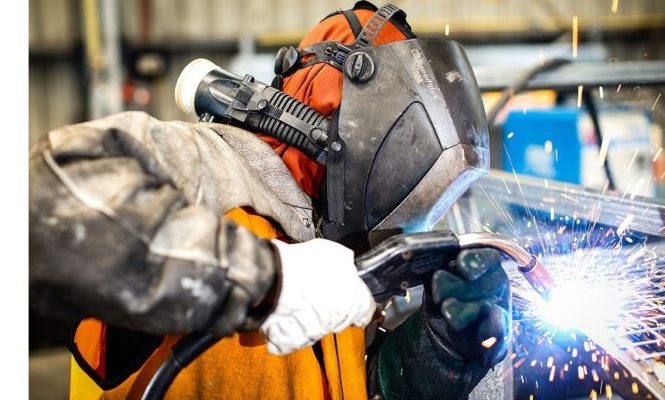When faced with the need to choose a welding process, the question arises as to whether to prioritize quality or performance. However, the main aspect will always remain the specifications of the end customer.
What is its field of activity? What is the welding result he expects?
It is easy to understand the difference between welding a tube of large diameter and thickness prepared with a chamfer that will have to be filled for example for a pipeline and the welding of a tube 3 mm thick which must meet terms of quality to a clean room type environment. Just click here to choose the best tig welders
It will therefore generally be the customer’s application that will guide the choice of the tube welding process. What are the other criteria to take into account to choose the right tube welding process?
How to choose the most suitable welding process? Our experts share their advice with you
The initial investment linked to the welding process
Electrode welding
The price of welding equipment depends on the welding process and the initial purchase price. To give an example: if you just want to weld with the electrode, you will find a decent quality post in a DIY store starting at 200 Euros, while high energy density welding equipment can easily cost several. million Euros.
At this level of investment, it will be necessary to ensure that you can make your equipment profitable over time.
What is the cost of orbital welding?
Manual TIG welding
In general, we can say that the quality increases with the amount of investment. The degree of automation plays an essential role here. A welding generator with an appropriate DMOS will always give optimum welding quality, provided the tube is well prepared upstream.
On the other hand, manual welding will always depend on the experience, the know-how and the physical and mental condition of the welder. The quality level of the final weld is an essential criterion for choosing a pipe welding process.
Automation and improvement of working conditions
The automation of welding stations has considerably changed the working conditions of welders. The painful positions, the boredom of repetitive welding, welding operations in hazardous environments or confined places all of this can be avoided by automating welding processes.
TheTIG welding process is particularly appreciated by welders because there is no metal spatter and virtually no welding fume.
The training and technical skills required by the welding process chosen
The training and skills required again depend on the welding process.
Semi-automatic, automatic and robotic processes are processes which require the fewest technical gestures but require theoretical knowledge of welding, while a manual welder requires dexterity in the gesture which requires a long experience.
The standards and requirements of the target markets
Depending on the standards to be met the requirements of the target markets, it may also be necessary to choose one pipe welding process over another.


